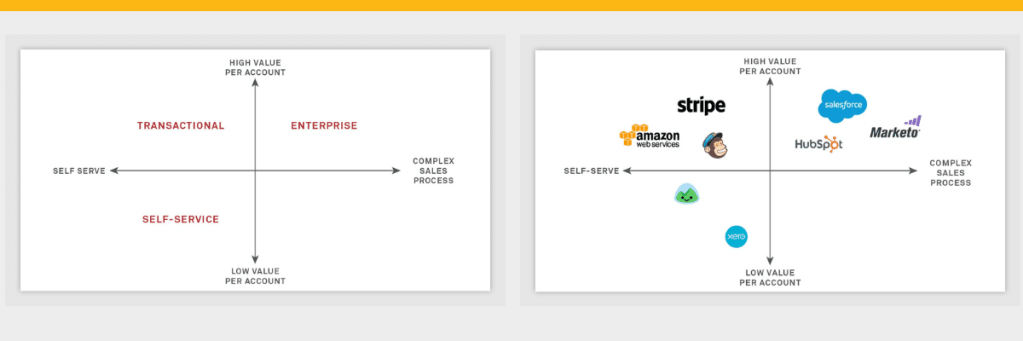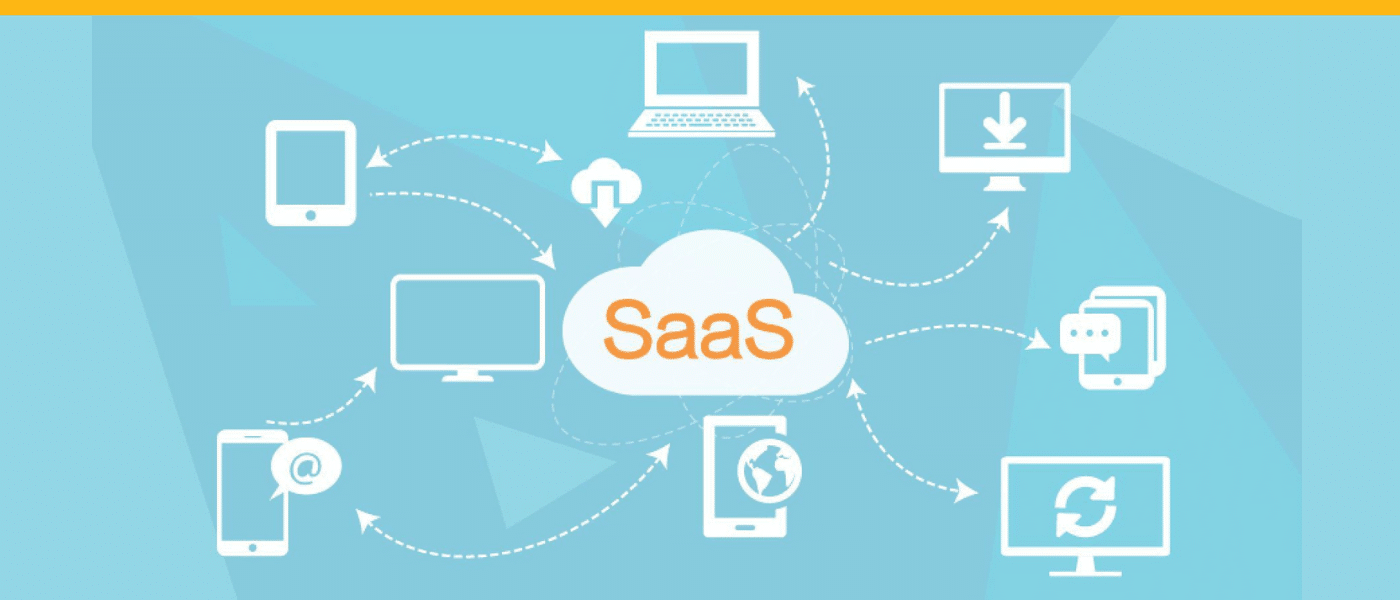Market research is an essential part of any SaaS product’s (software as a service) success. It helps businesses figure out who their target customers are, learn more about their competitors, and come up with better marketing plans.
However, not all market research is created equal.
To do market research like a wizard, you need to follow a clear process that includes careful analysis, careful planning, and good execution. We’ll walk you through the steps of conducting SaaS market research like a wizard in this guide.

Step 1: Define Research Objectives
Defining your research objectives is the first step in conducting successful market research. You must have a clear idea of what you want to accomplish with your research. Begin by asking yourself these questions:
- What are the specific questions you want to answer through your research?
- What are the areas that you want to focus on?
- What kind of data do you need to collect?
- What is your timeline for conducting the research?
You will have a clear idea of what you want to achieve and what type of data you need to collect if you define your research objectives.
Step 2: Determine Target Audience
The second step is to identify your target audience. Who are you trying to reach? What are their needs and pain points?
Before you can make good marketing campaigns, you need to know a lot about the people you want to reach.
You can find your target audience with the help of tools like Google Analytics, customer surveys, and social media monitoring.
Step 3: Analyze Competition
The third step is to research your competitors. Understanding your competitors’ strengths and weaknesses, pricing strategies, and marketing tactics is essential.
You can identify areas where you can differentiate yourself and create more effective marketing campaigns by analyzing your competition.
Step 4: Gather and Examine Data
The fourth step is data collection and analysis. This involves conducting both primary and secondary research.
Customer surveys and interviews are examples of primary research methods.
Secondary research entails gathering information from outside sources, such as industry reports, trade publications, and government statistics.
You will gain a more comprehensive understanding of your market by combining primary and secondary research.
Step 5: Develop and Execute Marketing Strategy
The last step is to plan and execute your marketing strategy. Based on your research, you can make marketing campaigns that are more effective because they are made for your specific audience.
Your research can also be used to create:
- Pricing strategies
- Product development plans
- Sales strategies
Identifying your unique selling point
Your unique selling point (USP) is what distinguishes you from your competitors and distinguishes your product. It could be something about your product’s features, pricing, or customer service.
A simple SWOT analysis can help you identify your USP by identifying your strengths, weaknesses, opportunities, and threats. This will assist you in understanding your product’s unique value proposition and market positioning.
Choosing the right Pricing Strategy
This entails researching your competitors pricing strategies and determining your customers willingness to pay.

You can conduct a pricing survey to gather information about your customers pricing expectations in order to determine your pricing strategy. You can also use pricing tools like Price Intelligently and Profit Well to figure out your best pricing strategy.
Market Research For a winning SaaS Product – Conclusion
Researching the market for a SaaS product is an important part of making software. Understanding your target audience, analyzing your competitors, identifying your USP, and determining your pricing strategy are all part of the process. By taking these steps, you can set up your product for success and give yourself an edge in the market.




